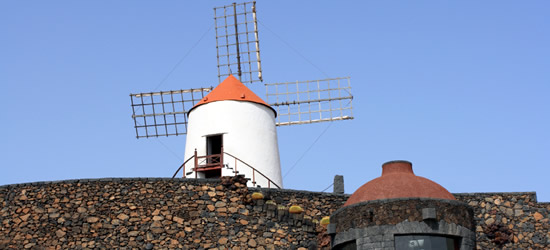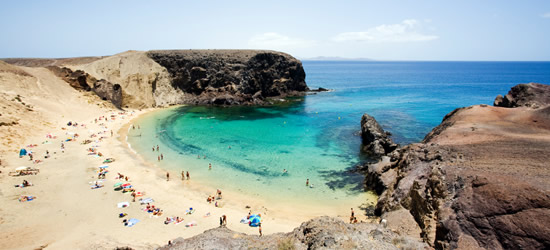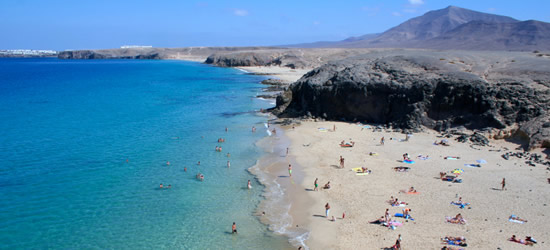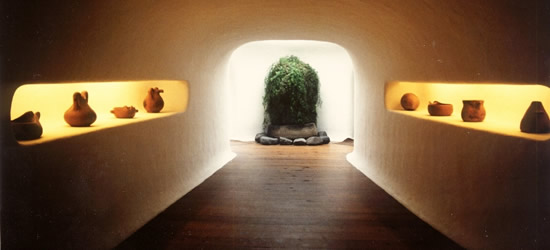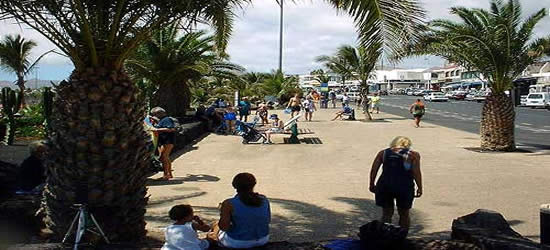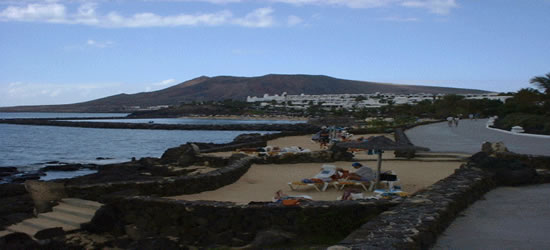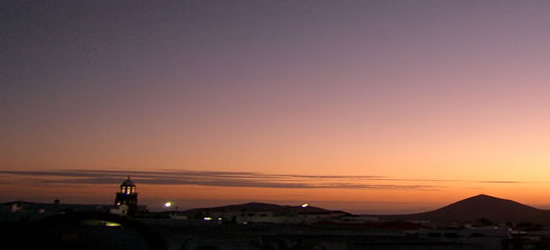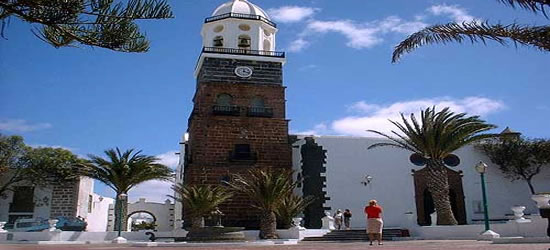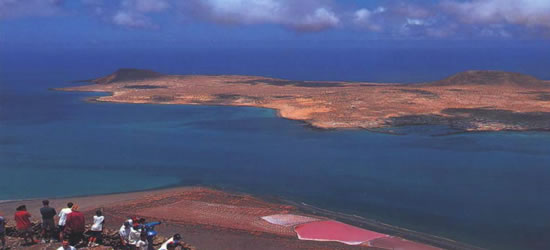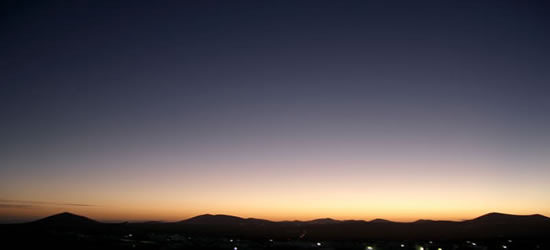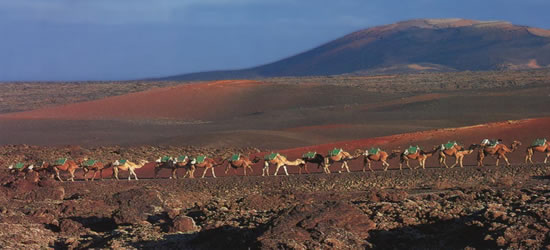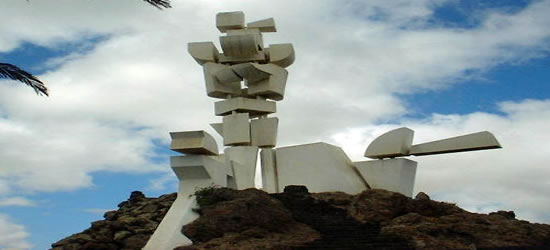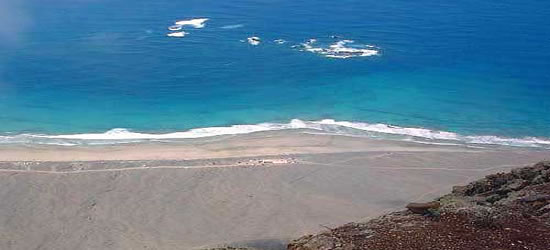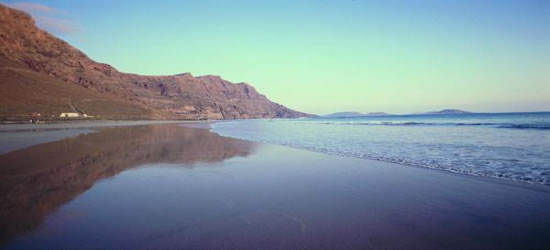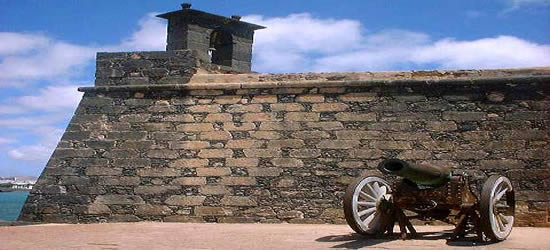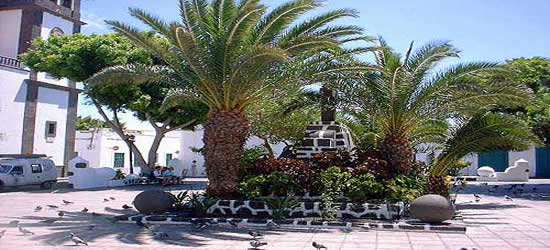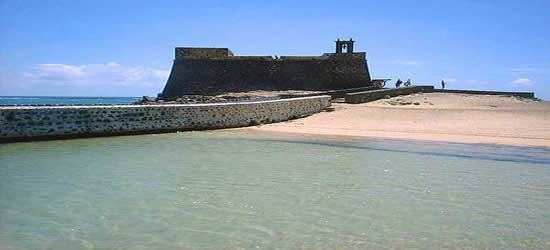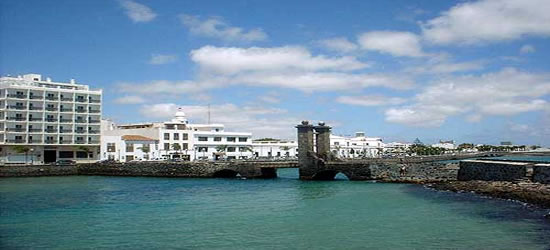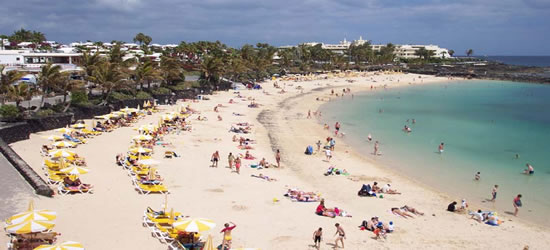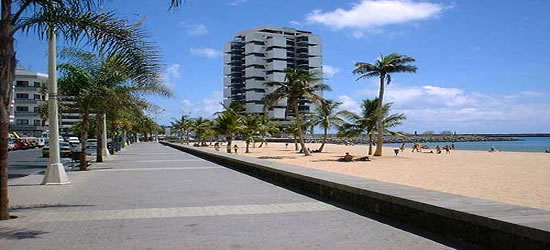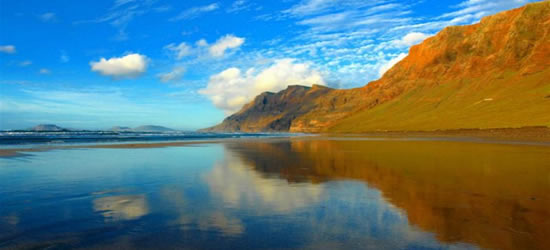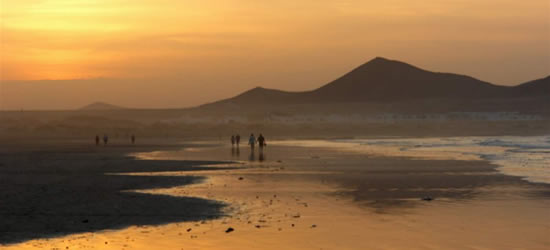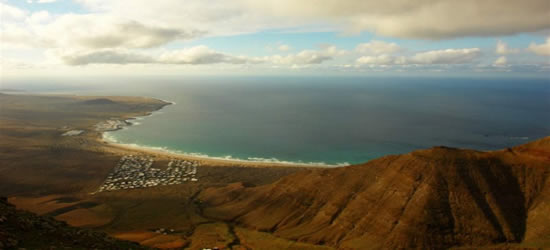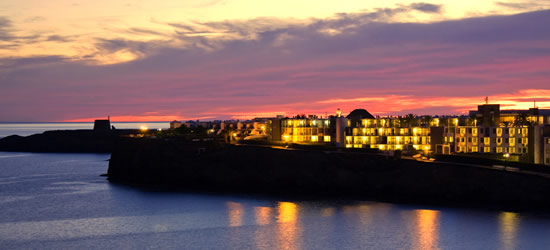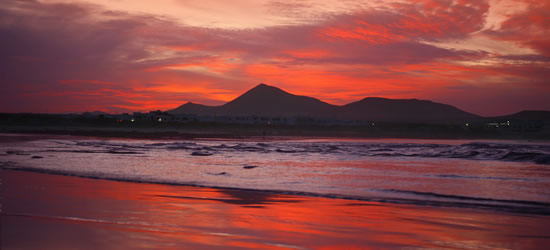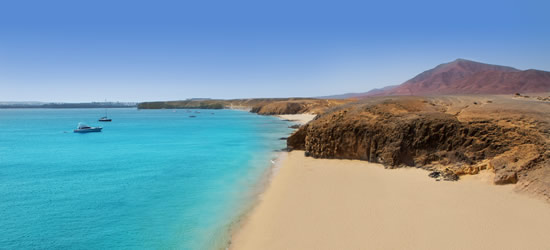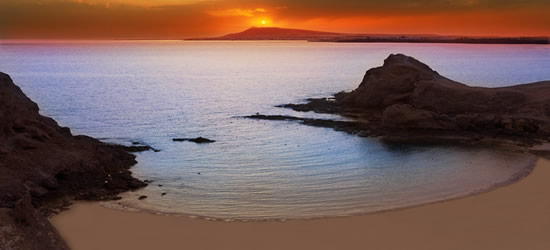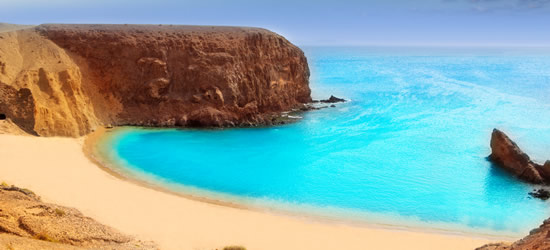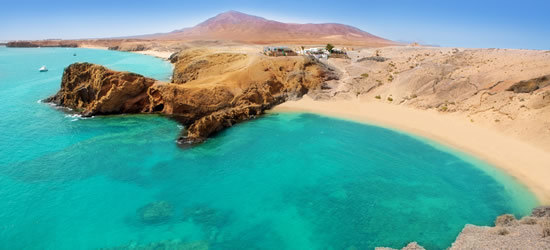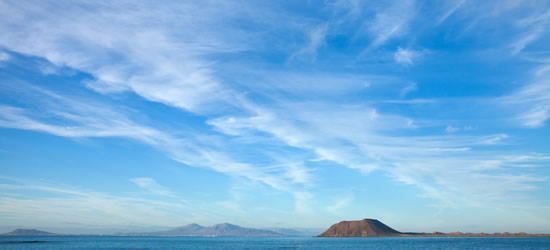The Cactus Garden is part of several places in Lanzarote designed by Cesar Manrique, whose influence is everywhere on the island. When he returned home in the late Sixties from a successful career in New York, he was concerned by the way that tourism - vital for the future of the impoverished Canaries - was developing on some of the other islands.
Determined to save Lanzarote from such an ugly, high-rise fate, he succeeded in imposing his own aesthetic of his birthplace. Through his efforts, strict planning laws were presented that limited, and still limits, the height of buildings and the colours they can be painted. There are no electricity pylons to spoil the countryside, no roadside billboards. As a result, Lanzarote is a great example of what can be achieved when man works with nature, rather than against it.
Manrique’s landscaping turns up in several other, equally harmonious sites. The Jameos del Agua in the north - with a concert hall, restaurant and gardens - was created around a half-collapsed volcanic tube notable for its tranquil, clear sapphire-blue underground pool dotted with tiny, and very rare, albino crabs. At Mirador del Rio, also in the north, Manrique again took what nature offered and improved upon it. Here he built a restaurant on the edge of the cliff, with its wall of glass providing startling views across the blue-green sea to the smaller neighboring islands of La Graciosa, Montana Clara and Alegranza, their own volcanic origins clearly visible.
After a while, you start to see the island as Manrique must have seen it, as a place with a uniquely dramatic beauty. There are mountains that look as if they were created with black dough, stretched and twisted by a giant baker; and craggy shorelines where the cooling lava has formed basalt columns and caverns. Yet the island has other, less rugged charms as well: immaculate villages of neat white houses with green or blue doors and shutters, such as Yaiza and Ye; Orzola, on the north coast, where the cafés serve sublimely fresh fish tapas, and from where you can take the ferry to Graciosa; Teguise, the elegant former capital, with its fascinating shops and bustling Sunday market; and the Museum of Contemporary Art, in an old fortress near the new capital, Arrecife.






